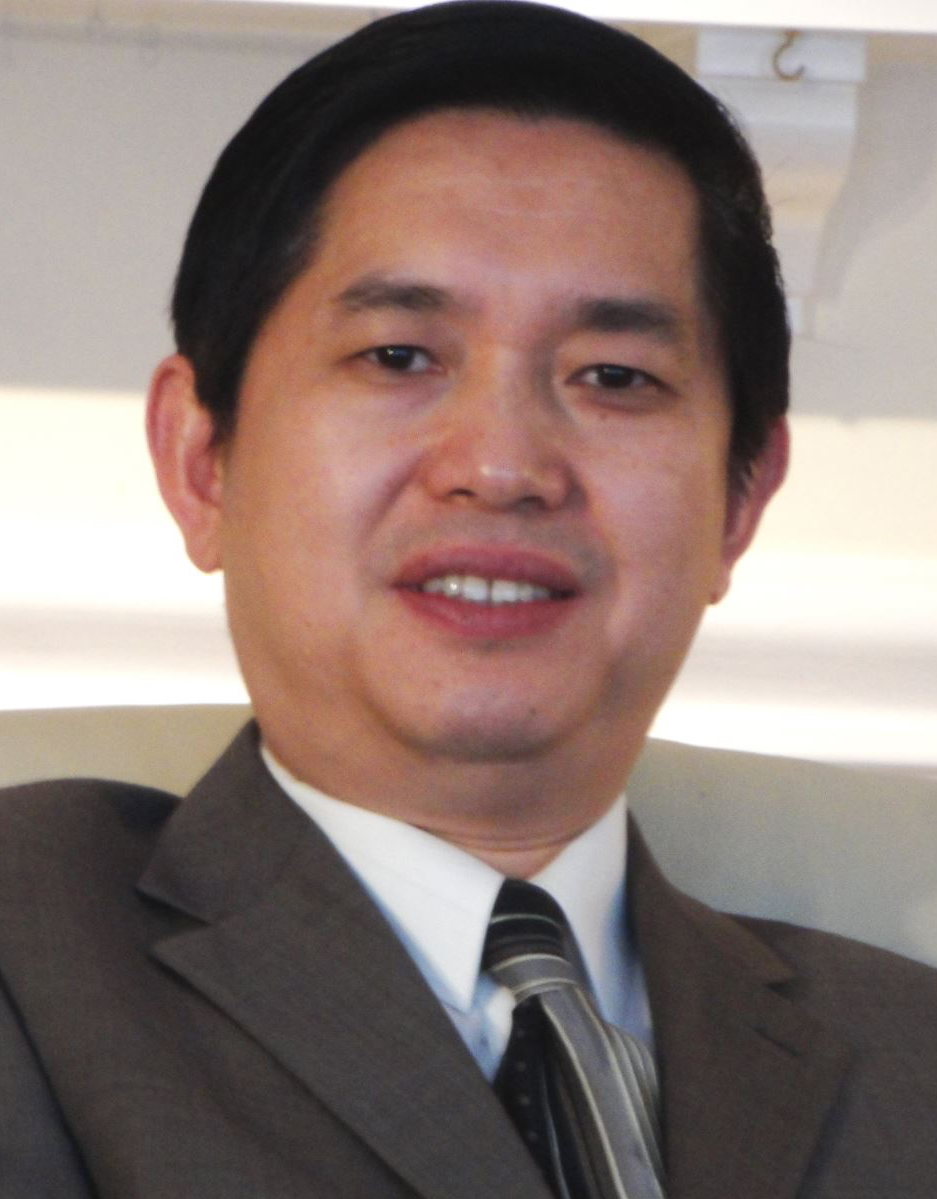林鑫华 博士
林鑫华 博士
教授
发育与疾病国际科技合作基地主任
复旦大学遗传学研究所所长
生命科学学院执行院长
电话: 021-31246580
E-mail: xlin@fudan.edu.cn
1980-1984年就读于杭州大学(现浙江大学)生物系。1984-1987年在中国科学院上海细胞生物学研究所学习,获硕士学位。1990-1995年在美国圣路易斯华盛顿大学 (Washington University at St. Louis) 学习,获博士学位。1995-2000年在美国哈佛医学院(Harvard Medical School)进行博士后研究。2000-2009年在美国辛辛那提大学儿童医院医学中心(Cincinnati Children’s Hospital Medical Center)任教,先后任助理教授 (2000)、副教授 (2005)、教授 (2008年)。2009-2016年在中国科学院动物研究所任研究员、膜生物学国家重点实验室主任,主要从事发育信号转导及干细胞生物学的研究。
以果蝇和小鼠为模式动物,并结合人源干细胞体外培养体系,研究Wnt、BMP、 Hh、JAK/STAT 等信号通路的调控机制;研究信号转导、转录调控和表观遗传对内脏器官(肠、肺等)的稳态维持、组织再生和干细胞调控的作用机制;探讨信号转导、遗传变异和表观遗传在发育和干细胞调控、以及相关人类疾病(如肿瘤、先天性缺陷等)中的作用机制。
林鑫华教授在国际核心期刊上发表论文共70余篇。许多成果被Nature综述类杂志重点介绍;蛋白糖在形态发生素浓度梯度形成的研究,被认为是发育生物学领域的重大发现;对Wnt蛋白的分泌、分布以及信号转导的贡献获得发育生物学家们的一致肯定;近年来有关内脏器官的稳态维持和干细胞领域的研究也获得同行专家的广泛关注和认可。
上海细胞生物学研究所优秀科研奖(1998),霍华德休斯医学研究院博士后奖学金奖(1995-1997),日本第十五届复合糖国际研讨会青年科学家奖(1999),美国陆军乳腺癌研究博士后奖学金(1997-2000),俄亥俄州癌症研究奖(2001-2003),Basil O’Connor畸形儿基金会学者奖(2002-2004),美国畸形儿基金会科研奖(2005-2008),浙江大学荣誉教授(2005),国家自然科学基金委海外杰出青年科学家奖 (B类)(2007),美国癌症协会学者奖(2007-2011),首席科学家,国家重大科学研究计划(973)(2010)
1.Zhang, X., Chen, Y., Ye, Y., Wang, J., Wang, H., Yuan, G., Lin, Z., Wu, Y., Zhang, Y., Lin, X. (2016) Wnt signaling promotes hindgut fate commitment through regulating multi-lineage genes during hESC differentiation. Cellular Signaling
Ren, W., Zhang, Y., Li, M., Wu, L., Wang, G., Baeg, GH., You, J., Li, Z., Lin, X.(2015) Windpipe controls Drosophila intestinal homeostasis by regulating JAK/STAT pathway via promoting receptor endocytosis and lysosomal degradation. PLOS Genetics, 11(4): e1005180.
3.Li, Z., Guo, Y., Han, L., Zhang, Y., Shi, L., Huang, X., Lin, X.(2014) Debra-mediated Ci degradation controls tissue homeostasis in Drosophila adult midgut. Stem cell reports, 2(2):135-144.
4.You, J., Zhang, Y., Li, Z., Lou, Z., Jin, L., Lin, X. (2014) Drosophila Perlecan Regulates Intestinal Stem Cell Activity via Cell-Matrix Attachment. Stem cell reports, 2(6):761-769.
5.Huang, Q., Tang, X., Wang, G., Fan, Y., Ray, L., Bergmann, A., Belenkaya, T., Ling, X., Yan, D., Lin, Y., Shi, W., Ye, X., Zhou, X., Lu, F., Qu, J., Lin, X.(2014) Ubr3 E3 ligase regulates apoptosis by controlling the activity of DIAP1 in Drosophila. Cell Death & Differentiation, 21(12):1961-70.
6. Li, Z., Zhang, Y., Han, L., Shi, L., and Lin, X. (2013) Trachea-derived Dpp controls adult midgut homeostasis in Drosophila. Developmental Cell, 24(2):133-143.
7. Zeng, X., Lin, X., Hou, SX. (2013) The Osa-containing SWI/SNF chromatin-remodeling complex regulates stem cell commitment in the adult Drosophila intestine. Development, 140(17): 3532-354.
8. Zhang, P., Wu, Y., Belenkaya, T. and Lin, X. (2011) SNX3 controls Wingless/Wnt secretion through regulating retromer-dependent recycling of Wntless. Cell Research, 21(12):1677-1690.
9. Yang, Y., Lin, X. (2010) Hedgehog signaling uses lipid metabolism to tune smoothened activation. Developmental Cell, 19(1):3-4.
10. Yan, D., Wu, Y., Yang, Y., Belenkaya, T., Tang, X., Lin, X. (2010) The cell-surface proteins Dally-like and Ihog differentially regulate Hedgehog signaling strength and range during development. Development, 137(12):2033-44.
11. Yan, D.,Wu, Y., Feng, Y., Lin, S., Lin, X.(2009) The Core Protein of Glypican Dally-Like Determines Its Biphasic Activity in Wingless Morphogen Signaling. Developmental Cell, 17(4):470-481.
12. Belenkaya, T., Wu, Y., Tang, X., Zhou, B., Cheng, L., Sharma, Y., Yan, D., Selva, E.M., and Lin, X. (2008). The Retromer Complex Influences Wnt Secretion by Recycling Wntless from Endosomes to the Trans-Golgi Network. Developmental Cell, 14(1):120-131.
13. Yan, D., Lin, X. (2008) Gylpican shows its versatility in Hh signaling. Nature Cell Biology, 10 (7), 761-763.
14. Tao, Q., Yokota, C., Puck, H., Kofron, M., Birsoy, B., Yan, D., Asashima, M., Wylie.C.C, Lin, X., and Heasman, J. (2005) Maternal Wnt11 activates the canonical Wnt signaling pathway required for axis formation in Xenopus embryos. Cell, 120(6): 857-871.
15. Belenkaya, T., Han, C. Yan, D., Opoka, R.J., Khodoun, M., Liu, H., and Lin, X. (2004) Drosophila Dpp morphogen movement is independent of dynamin-mediated endocytosis and is controlled by glypican members of heparan sulfate proteoglycans. Cell, 119(2): 231-44.
16. Han, C., Belenkaya, T., Wang, B., and Lin, X.(2004) Drosophila glypicans control the cell-to-cell movement of Hedgehog by a dynamin independent process. Development, 131, 601-11.
17. Liu, C., Li, Y., Semenov, M., Han,C., Baeg, G-H., Tan, Y., Zhang, Z., Lin, X., and He, Xi.(2002) Control of b-catenin phosphorylation-degradation by a dual-kinase mechanism. Cell, 108 (6): 837-47.
18. Lin, X. and Perrimon, N. (1999) Dally cooperates with Drosophila Frizzled 2 to transduce Wingless signalling. Nature, 400, 281-284.

